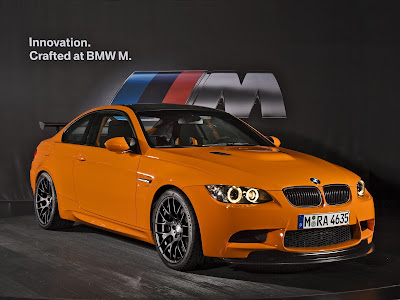Your Negotiation Strategy
Go online. The very first step of negotiation involves online research to find out how much the dealer must have paid for the new car you are looking to buy. Once you've got it, leave around 5 per cent profit for the car dealer and start your negotiation.
Secondly, get familiar with the car buyer forms. By itself, the paperwork can be extremely confusing and dealers in India love to add more to the confusion. If you know of someone who's recently bought a car, just have a look at it and get familiar, lest the dealers and papers will turn out very confusing at the dealership.
How Long Should You Negotiate
If the auto dealer quotes a very low amount, which does not happen most of the time, don't give him a second chance to re-think the amount and hike the price. Finish off the deal quickly. However, if you've tried to convince a dealer to lower the car prices for half an hour and there's no sign of any changes happening any time soon, just leave. You may just be wasting your time.
Always have the half an hour deadline. If you haven't convinced the dealer by then, you probably will never be able to convince him even after spending hours together. Don't haggle when you know there are other dealerships out there ready to give you your dream car at the price you want. Also, you never know, walking out of the dealership may work the magic and the dealer may reduce the price instantly.
Thorough Preparation is the Key
Eat well and sleep well before going to the car dealership, and dress well while you are going there. Do not go very casually in shorts, lest they'll take you lightly. You have your research data ready with prices of all models that you have shortlisted. Have it tucked neatly in a folder. The dealer is going to dread that folder knowing that you've done your homework pretty well.
However, carry the data of all variants of a particular model just in case you change your mind about purchasing the variant you earlier had in mind. You must have requested for quotes from dealers while researching on the Internet; have that data too in the folder. Most car dealer web sites offer free quotes. If you haven't got them, get the quotes right away.
Don't discuss auto loans with the dealer unless you are very sure that the dealer offers loans at very low rates. Find out online details on loan agents that offer car loans at the best rate. You may then shortlist a few, negotiate in a similar manner as you're doing for your new car and go for the final deal.
Single = Danger; Many = Danger for Dealer
You go alone to the auto dealership and you are going to get tortured. Take your friend along. It will then be difficult for the dealer to convince two people instead of one. Your friend can be of great help by identifying the dealer's tricks that you may not have noticed, and that's going to drive the dealer mad explaining. If he tries to separate the two of you with two salesmen coming in, that's a trick that you shouldn't oblige to. Also, there are mind games that the dealer can play.
Don't get convinced when he says, "Sir/Madam, this offer is available only today. You may lose out on such a great deal if you wait for tomorrow", or, "This model sells like hot cakes. So many have bought it very recently and customers are very delighted. Why will I give it to you for a lower price when so many people are buying it at a much higher price?"
If many cars have already been sold very recently, he must have received a huge profit. So, what will he lose if he gives you new car for a little lesser price? If the dealer's offer holds good only for that day, let him know that so does yours. There are many dealers out there and you're not going back for the same price tomorrow.
Stay Stubborn with Your Offer
Since you've browsed on the Internet and you know what price to get down to, explain that to the dealer. Let him not interrupt you until you finish the explanation. In case he does so, raise your hand a little which will be an indication for him to stop. Explain to the dealer that it's not just you who's getting a profit. He too is getting it when you come back in future for warranty repairs, services or parts. Give him the bigger picture. Let him get your point, or you leave. If he points out explaining he would have no profit with that deal, show him your research data.





































